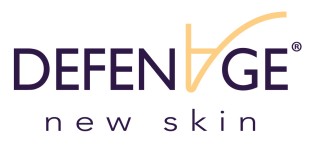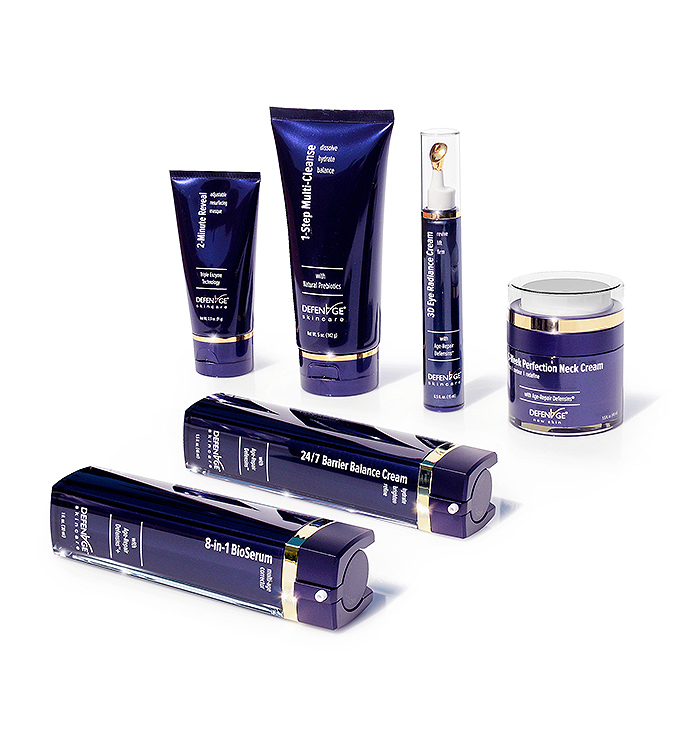
Fat transfer
Contents:
- What Is Fat Transfer?
- Who Are The Best Candidates For Fat Transfer?
- How Does Fat Transfer Work?
- What Areas Can Be Treated With Fat Transfer?
- What Will I Experience During My Fat Transfer Treatment?
- What Can You Expect After Fat Transfer?
- Who Should Inject Fat?
- When Can I Start My DefenAge Homecare Program?
- Reference
What Is Fat Transfer?
Also known as fat grafting or fat injection, fat transfer involves taking fat from areas of your body where you wish you had less (such as your thighs) and re-injecting it into areas that need volume like your hands, face, breasts, or butt. It is considered a natural alternative to off-the-shelf soft tissue fillers.
Who Are The Best Candidates For Fat Transfer?
Want to add volume to hollow areas under your eyes or recontour your breasts? If so, fat grafting may be right for you. Anyone who is concerned about volume loss in the hands, cheeks, breasts, buttocks, or elsewhere and has fat to spare in other body parts or is scheduled for liposuction, may be a candidate for fat transfer. It's all-natural, so no allergy testing is required. Fat injection may be a good option if you are allergic to bovine collagen, kosher, or strictly vegan. Scheduling a consultation with a dermatologist or plastic surgeon is the best way to determine if fat transfer will help you achieve your cosmetic goals.
How Does Fat Transfer Work?
In a nutshell, fat is taken from a part of your body where it is plentiful such as your abdomen, butt, or thighs, and then washed, purified, and reinjected into the areas that lack fat and volume. Fat can also be harvested during liposuction. Make sure to discuss this option if you’re scheduled to undergo lipo.
What Areas Can Be Treated With Fat Transfer?
The list of areas that can be volumized using fat is a lengthy one. It includes the cheeks, chin, lips, hands, and other areas on the body where some plumping may be needed. Fat can also be used to fill wrinkles and depressed scarred areas from the inside out. When fat is injected into your buttocks, it may be referred to as a Brazilian Butt Lift. Fat can also be used to smooth over contour irregularities after liposuction, breast augmentation with implants, or even as a standalone method of breast enhancement.
According to Dr. Miles Krieger, a facial plastic surgeon in Hollywood, FL, "DefenAge is my go-to skincare brand for my patients. The science behind the formulations is very impressive and they appreciate the results they can achieve when they stick to a regimen."
What Will I Experience During My Fat Transfer Treatment?
Think of it as a three-step process: harvesting, purification/transfer, and placement. Before removing fat, you will likely receive a local anesthetic to minimize any discomfort. Your surgeon creates a small incision and extracts fat with a cannula that is connected to a syringe. The fat is then processed and purified via a centrifuge or a filtration process to remove any impurities. Next, the fat is re-injected into the area to be filled via multiple tiny injection sites so the fat cells are distributed evenly. This process can take up to five hours depending on the area/s treated. More than one treatment is usually needed to achieve the desired results. To take hold, the injected fat cells must gradually redevelop a blood supply of their own. The success and longevity of the procedure depend upon how well the cells can do this. This is why your surgeon may choose to inject more fat than needed as some cells don’t establish a blood supply and are reabsorbed.
What Can You Expect After Fat Transfer?
Expect some swelling and bruising during the 48 hours after your fat transfer procedure. You’ll see the initial results of your fat transfer right away, though it can take several months for the fat to re-establish blood supply and settle into your new contour. The effects will last for several months and in some cases could be permanent. Results tend to last longest when reinjected into relatively stationary areas such as the cheeks.
Who Should Inject Fat?
Experienced practitioners, including plastic surgeons, facial plastic surgeons, dermatologists, other doctors, and surgeons, typically perform these procedures.
When Can I Start My DefenAge Homecare Program?
A good home skin care program can help optimize the results of a fat transfer procedure. To make sure your skin is in prime shape before your fat transfer, use DefenAge's 1-Step Multi-Cleanse in the morning and at night along with the 2-Minute Reveal Masque once or twice a week. After your fat transfer, incorporate DefenAge 24/7 Barrier Balance Cream and the 8-in-1 BioSerum to further improve your skin quality and appearance after fat transfer.
NOTE: Always consult your medical professional to learn more about fat transfer and before applying any products to your skin post-procedure.
Reference



